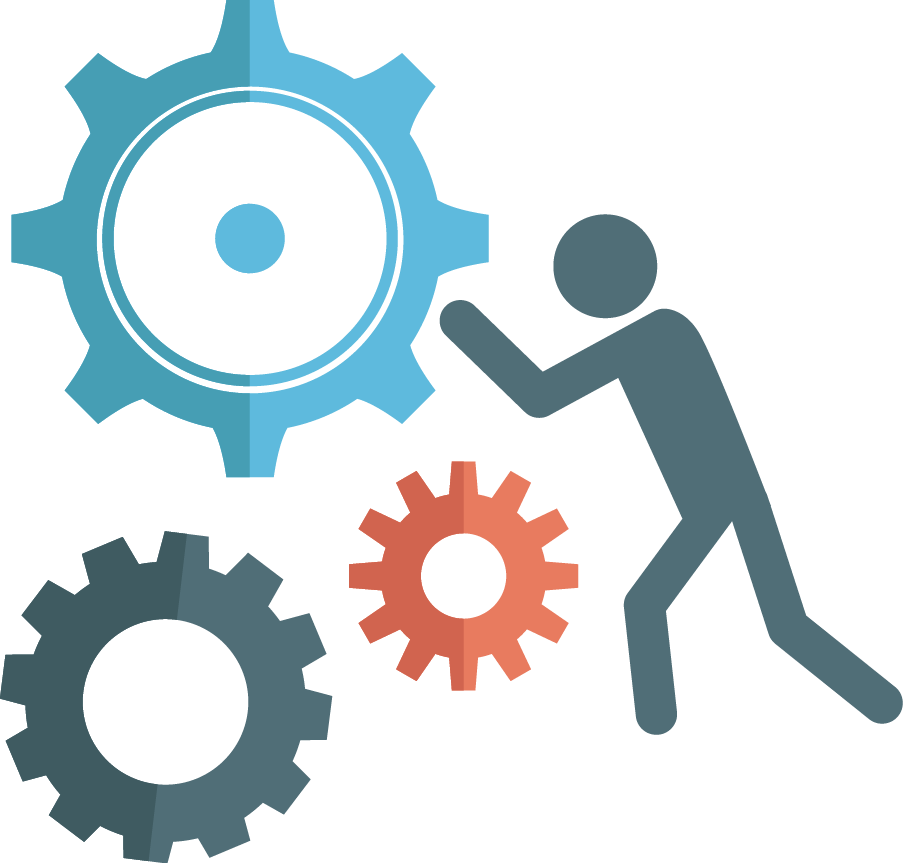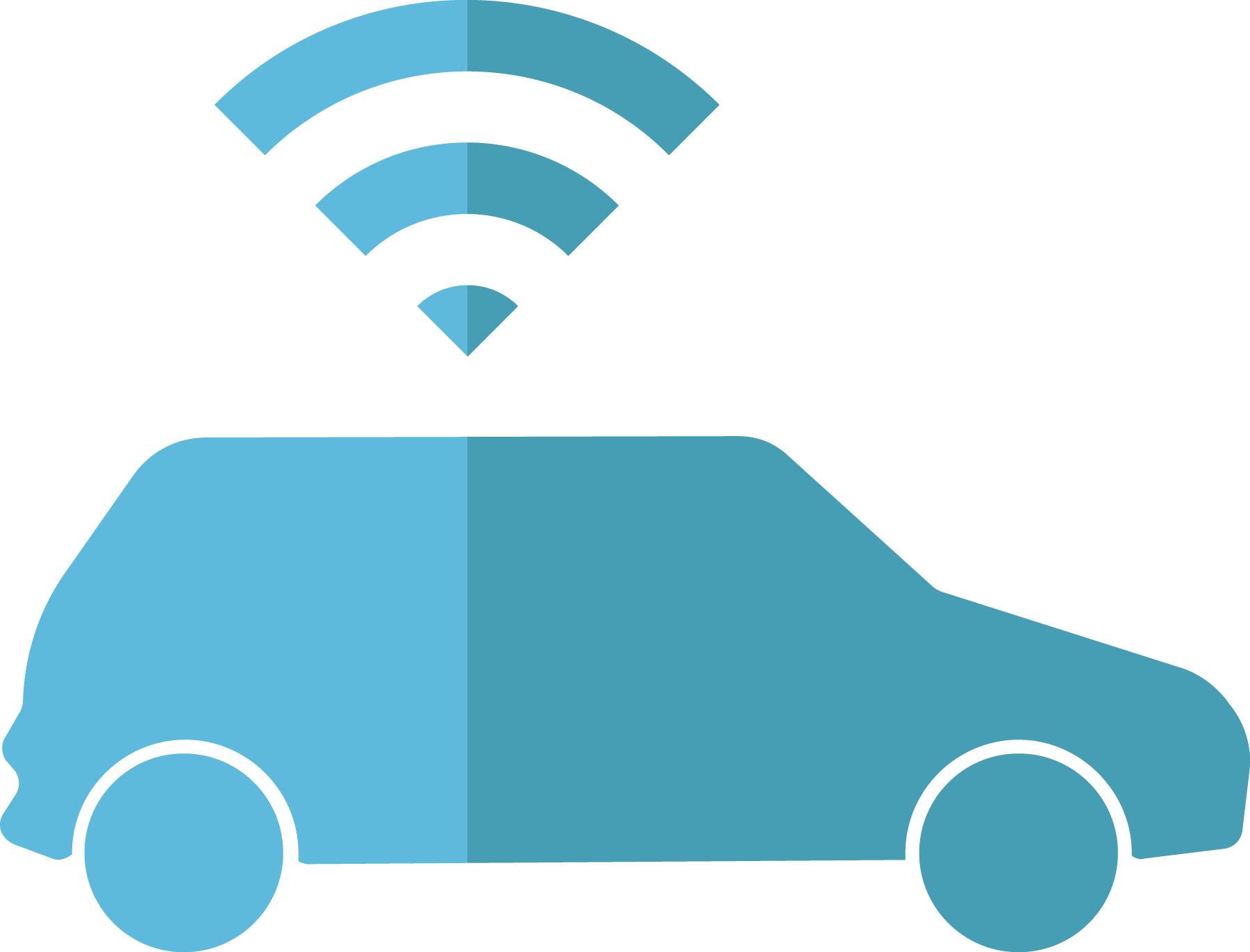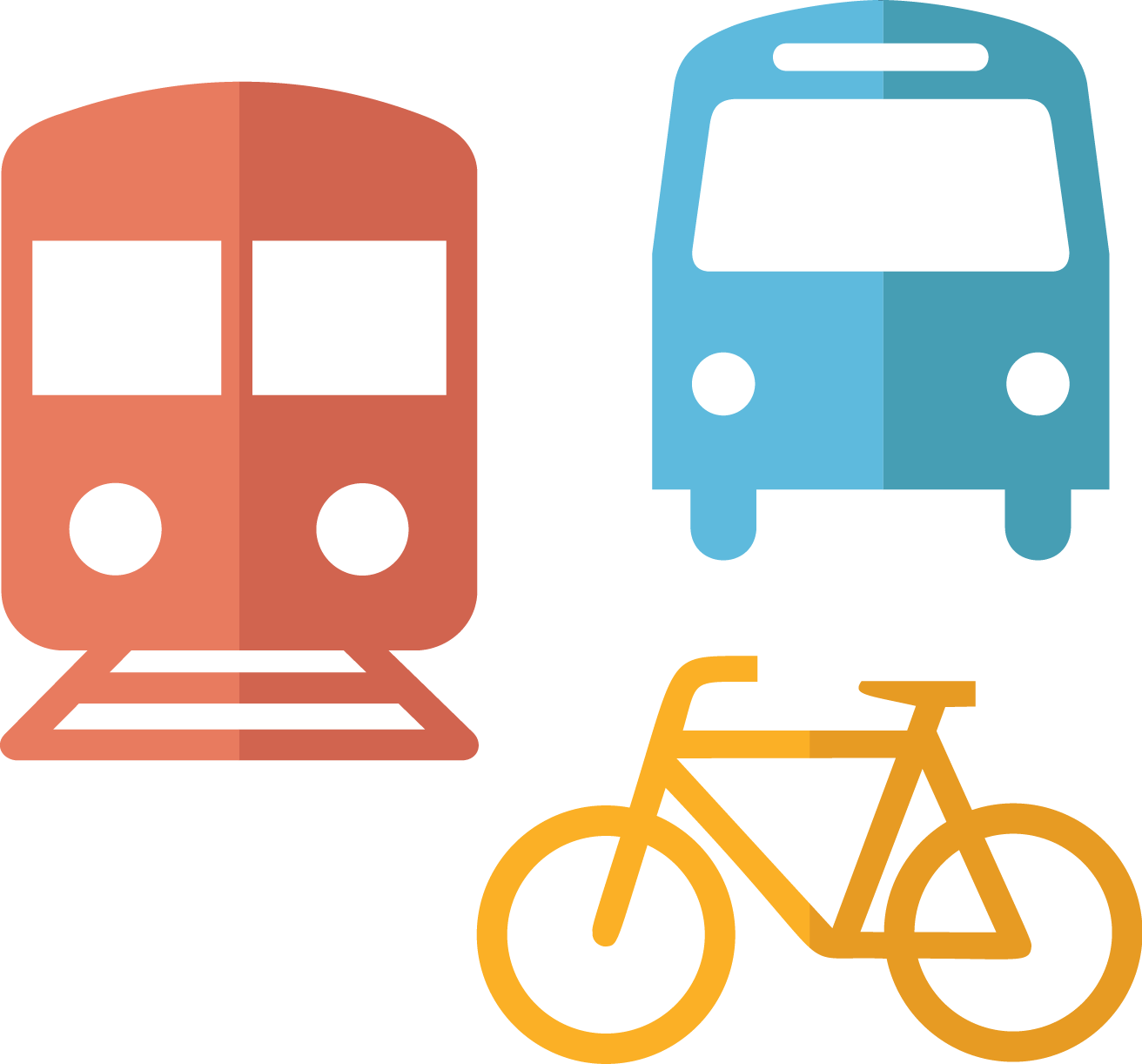Change Forces
Read This Section in the GuidebookChange forces are internal and external factors and trends affecting transportation agencies that disrupt the status quo. They are dynamic and evolving, and their impact can be positive or negative.
Change forces generally impact transportation agencies in one of three ways. First, they may create new requirements or expectations to be met – or opportunities to be realized. For example, increasing public expectations for transparency mean that agencies must step up their communication activities. Second, they may impact the availability or nature of human and financial resources needed to deliver projects and services. For example, reduction in the supply of trained civil engineers means that agencies need to increase recruiting, training and outsourcing. Third, they may impact the validity of long-held assumptions that are at the foundation of planning and engineering methods. For example, the emergence of Transportation Network Company (TNC) services has had significant impacts on travel behavior.
The five types of change forces should be familiar to most transportation agencies – the role of DOTs has been evolving for the last several decades; each federal transportation funding bill has introduced new eligibility and reporting requirements; agencies have made great strides in taking advantage of new information and communication technologies. However, while the change forces are not necessarily new, they are by nature dynamic. They will be impacting transportation agencies in new and different ways in the future. Agencies that track the change forces and consider their likely impacts will be better equipped to overcome challenges and take advantage of new opportunities.
Change forces present new challenges and opportunities to an agency that it may not have faced before. Five different types of change forces have been identified in the ACB framework:



